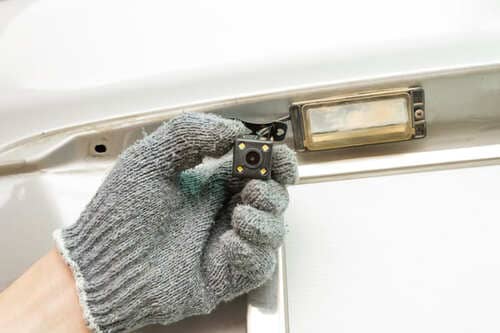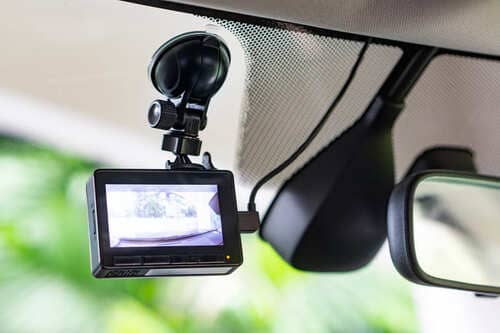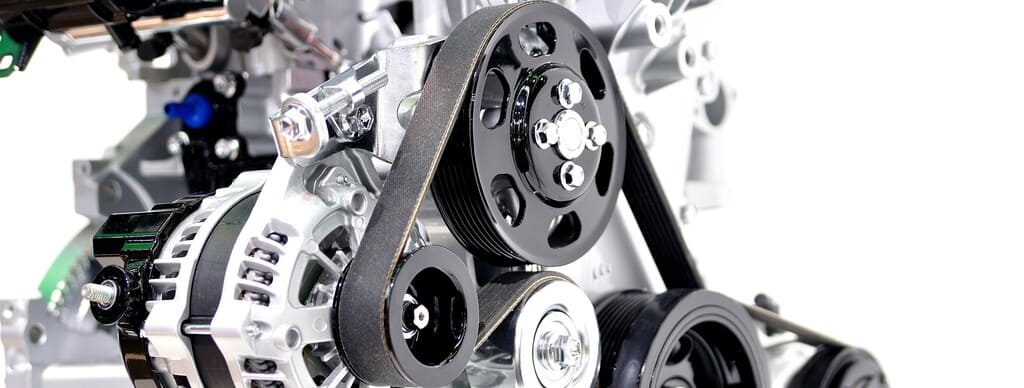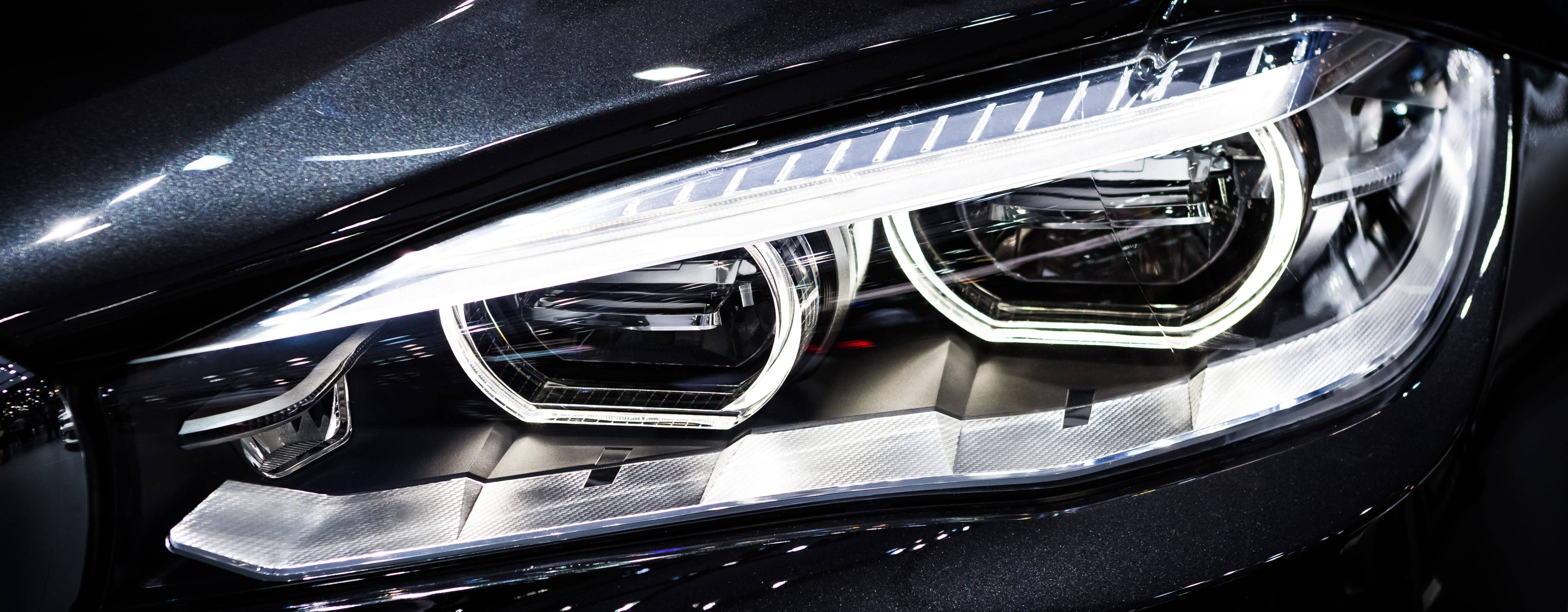
How to install reverse camera in car
Types of reversing cameras
There are a few different types of reversing cameras, a.k.a reverse or backup cameras, to choose from, each with its own advantages. These are the most popular ones installed on cars:
- Bumper mounted cameras
These are compact and attached to the bumper itself, either via a slot or by drilling a hole in the plastic bumper. They’re also available with infrared vision and 90/120/150/170 degree viewing angles. However, the angle cannot be adjusted once installed.
- Number plate cameras
You can easily install a number plate camera for your vehicle using the existing screws and holes for the plate. They’re also affordable, adjustable, and universal.
- Wireless cameras
Wireless cams are easy to set up and they come with both a display screen and camera. A wireless transmitter sends the image to the display without a wired connection. The disadvantage is that interference can occur and the image quality may be affected.
- Device with built-in sensors
The integrated sensors detect objects and the distance between them and the vehicle, allowing the system to notify the driver as they are getting closer to the object and display the distance in real time.
When buying a new reversing camera for your car, you should also consider how wide the viewing angle is, whether the device features static or dynamic parking lines, and where the display screen is mounted. First of all, the wider the camera’s viewing angle is, the more you will be able to see what’s behind and to the side of the vehicle when reversing.
Secondly, both static and dynamic parking lines can come in handy. Static lines can help you to gauge how far away objects are, as well as to align the vehicle during parking manoeuvres. Dynamic lines offer the added benefit of adapting the guidelines to the car’s steering angle.
Parking camera installation

How to fit a reversing camera
The reverse camera installation process may vary between different types of cameras and vehicle makes and models. Make sure to read through the product manufacturer’s instructions carefully before proceeding.
How to install a reverse camera onto the number plate:
- First of all, you will need to attach the camera. Most number plate cameras come with an integrated frame. You will first need to remove the screws to remove the number plate using a screwdriver set for your car. Most screws require a Phillips head screwdriver.
- Following the product instructions, place the number plate into the new integrated frame and line up the frame’s holes with the fastener holes on the car.
- Simply screw the fasteners back into the holes.
- The final step is to wire the device to the car’s electrical system. This bit can be tricky.
How to wire a reverse camera
Here’s rough guide:
- Make sure the engine is switched off before proceeding.
- Firstly, remove the car boot’s interior panel to gain access to the wiring. Open up the boot lid and remove the panel by inserting a trim removal tool behind it and prying it off (see repair manual for detailed instructions).
- Next you need to route the camera wires through the car boot lid or door. Check the model for existing grommets or access points to avoid drilling holes. Make sure the wire doesn’t get in the way of any moving parts or get pinched.
- Connecting the power cable:

Connect the red power wire from the camera to the reverse/tail light power cable. This ensures that the camera activates when you reverse.
Locate the reverse light’s wiring. You may use a test light or multimeter to confirm that it’s the correct wire. Be careful when working with the electrics and wear protective rubber gloves.
Splice the camera’s power wire to the light’s power wire using a wire connector or crimping tool.
- Ground wire:
Connect the camera’s ground wire to a clean, bare metal part of the chassis. Use a ring terminal and secure it with a bolt or screw.
- Video cable:
Run the video cable from the rear of the car to the front, where the monitor is located (unless it’s wireless). Hide the cable under the car’s interior trim panels for a clean look.
Connect the video cable to the monitor’s video input.
- Install the monitor:
Mount the monitor to the dashboard or rear view mirror based on the product instructions. Some connect to an existing infotainment display.
- Test the system:
Turn on the car and put it in reverse to test the camera. Adjust if necessary.
To find a compatible device for your vehicle, simply select the model/make and product category, e.g. reverse camera for VW, or search using the vehicle’s registration number/VIN.
Top products related to this topic:































